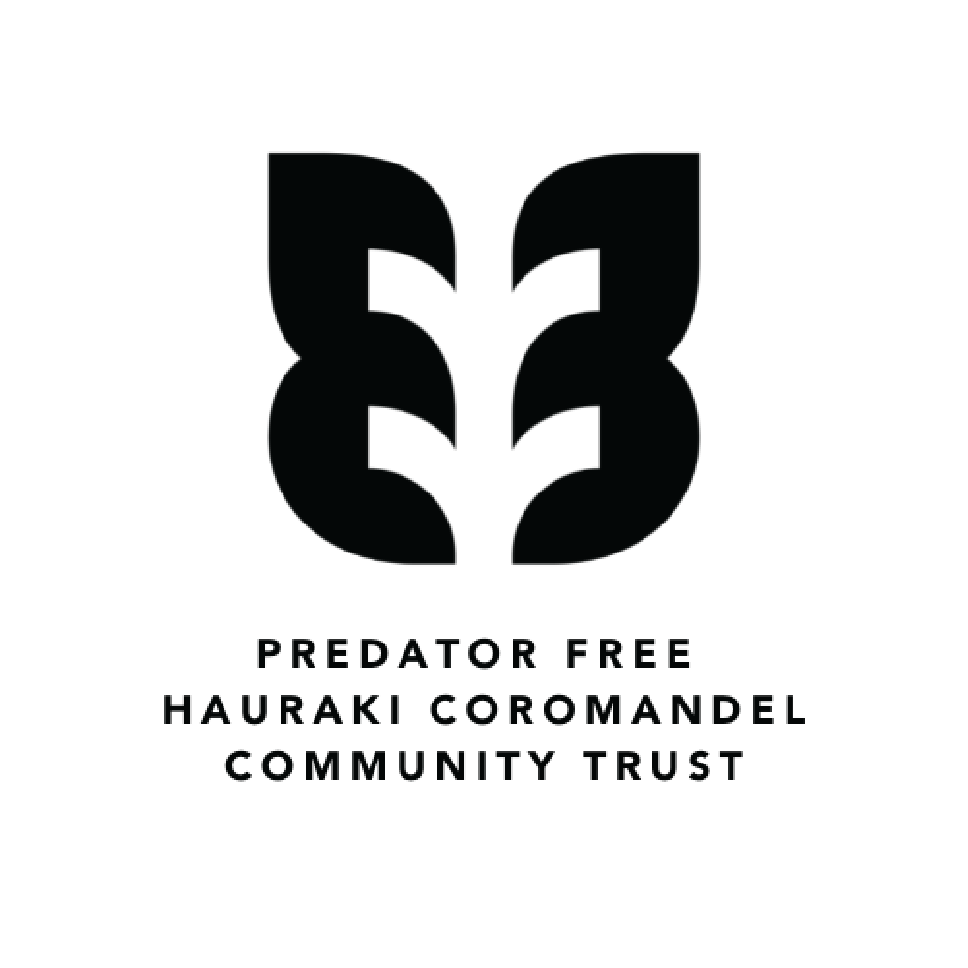Pest Free Tairua: a thoughtful community effort encircling the rohe
Pest Free Tairua has a unique goal: to make their entire town free of predators that prey on our precious native flora and fauna.
The group is self-started, almost completely self-funded and is a shining example of the incredible things that can be achieved when a tight-knit community works together towards a common goal. A mere toddler on the conservation scene, Pest Free Tairua sprang into being two years ago with a snap of traps heard round the rohe. The origins of the group go back a little further – trappers have been protecting the shy, endangered banded rail/moho pererū via predator traps in the wetlands and estuary for a number of years.
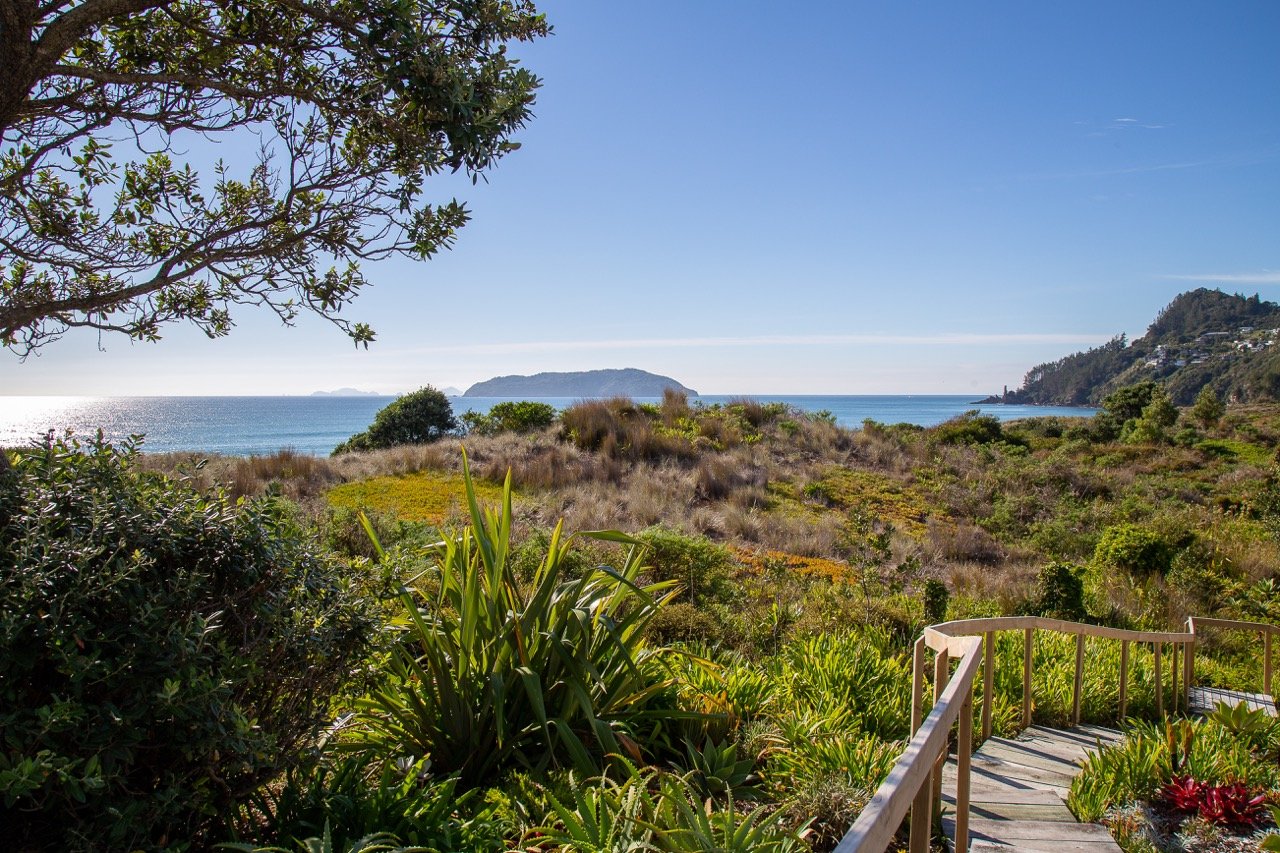
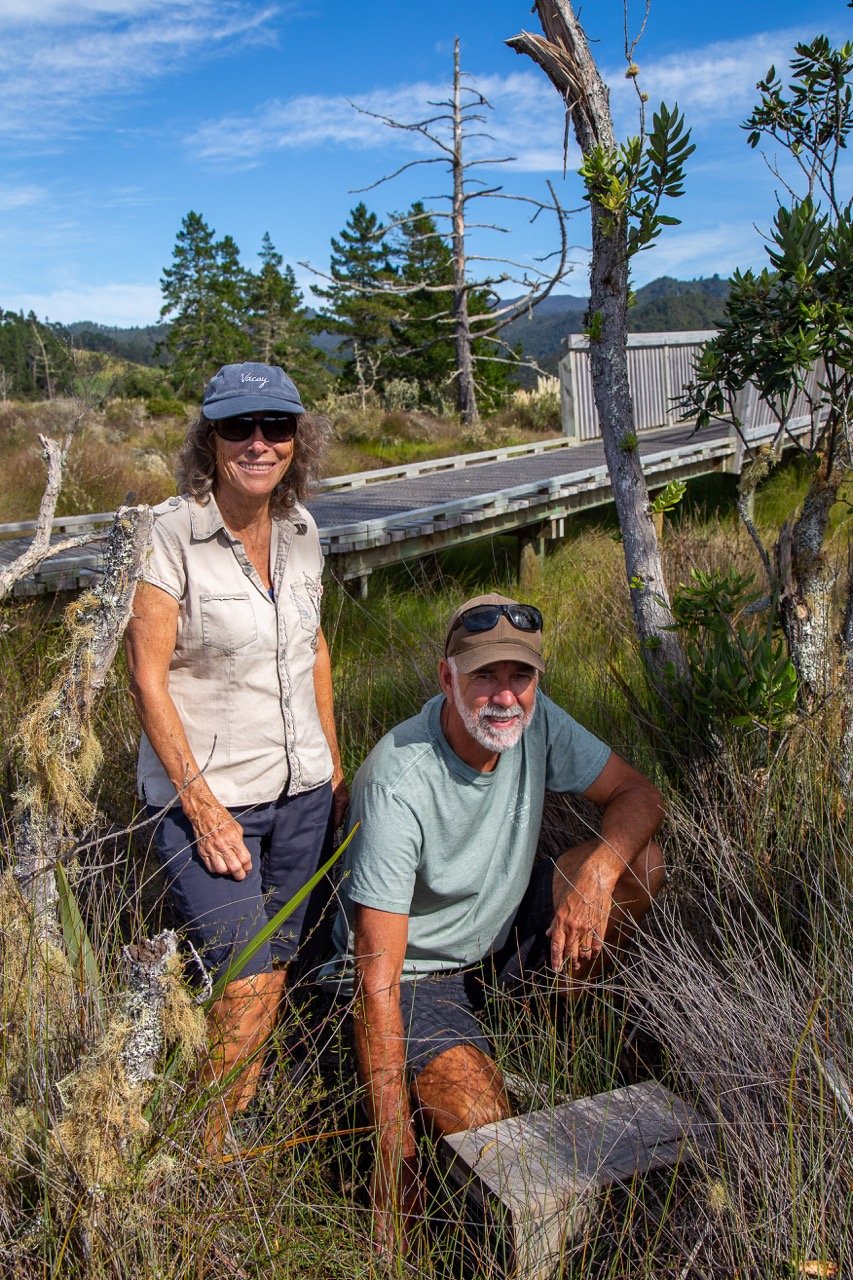

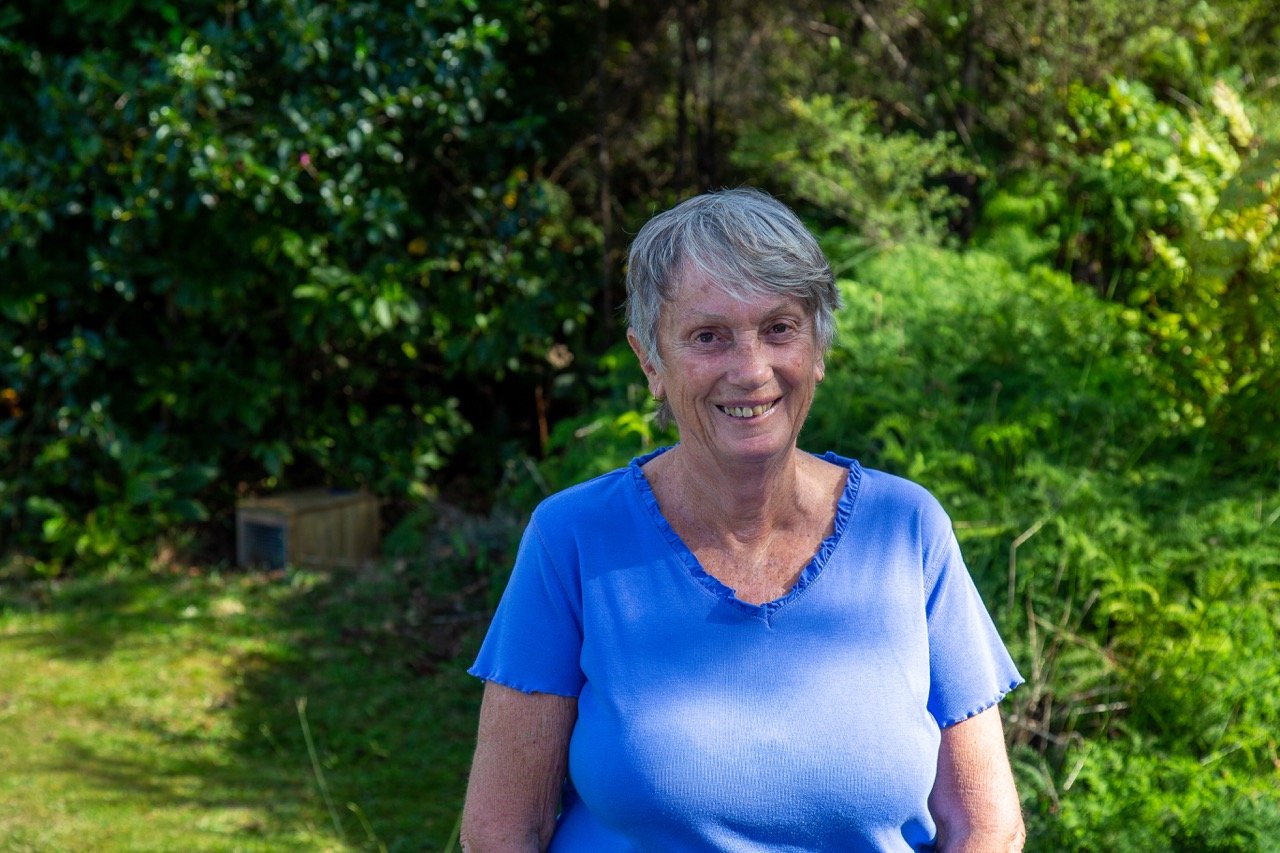
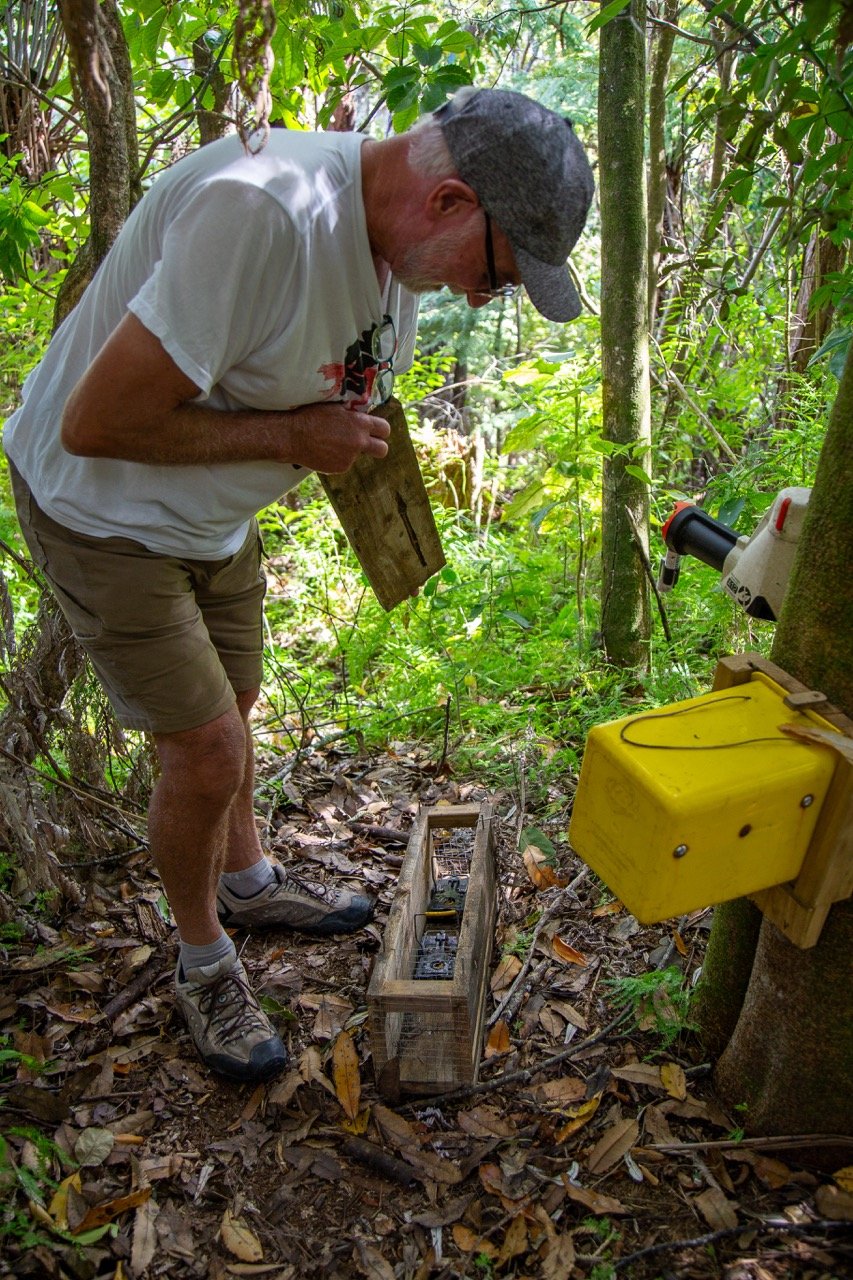
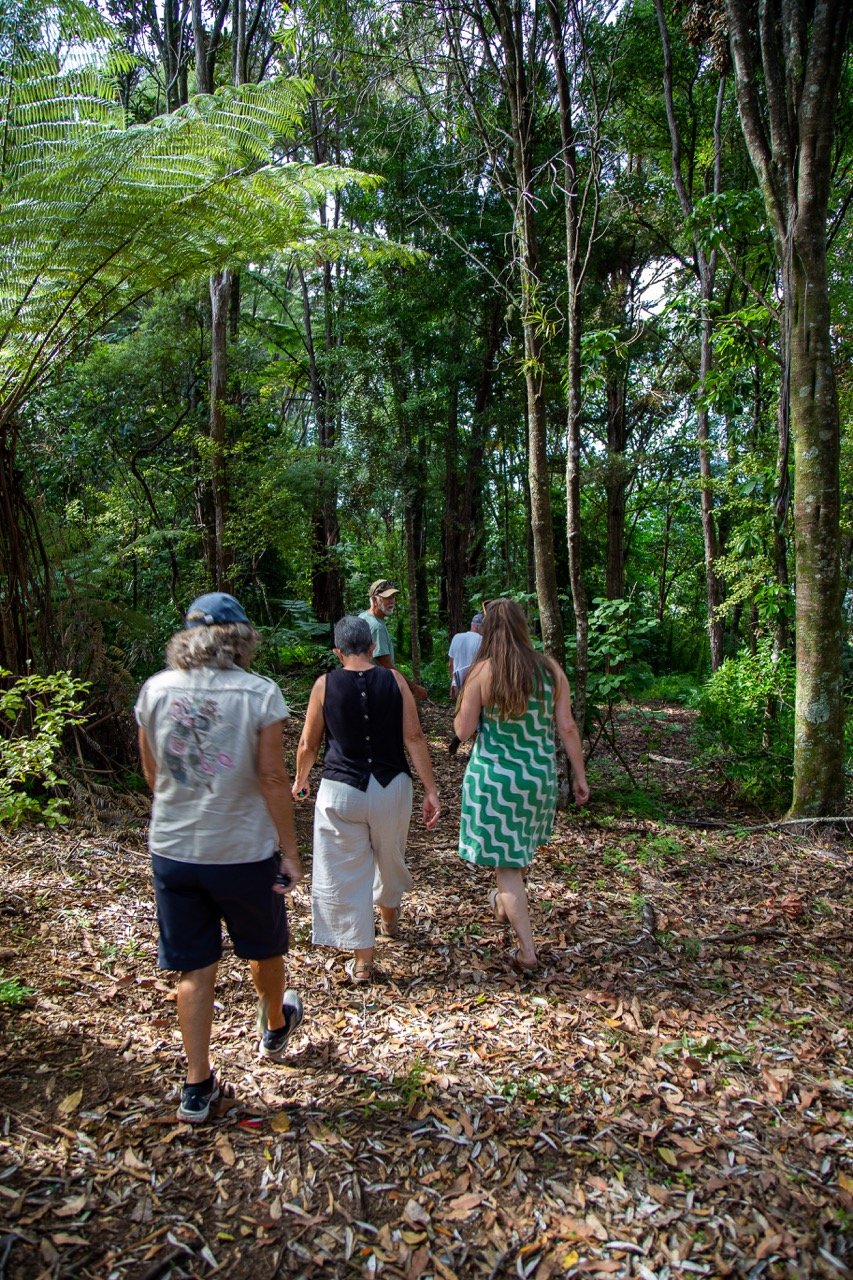
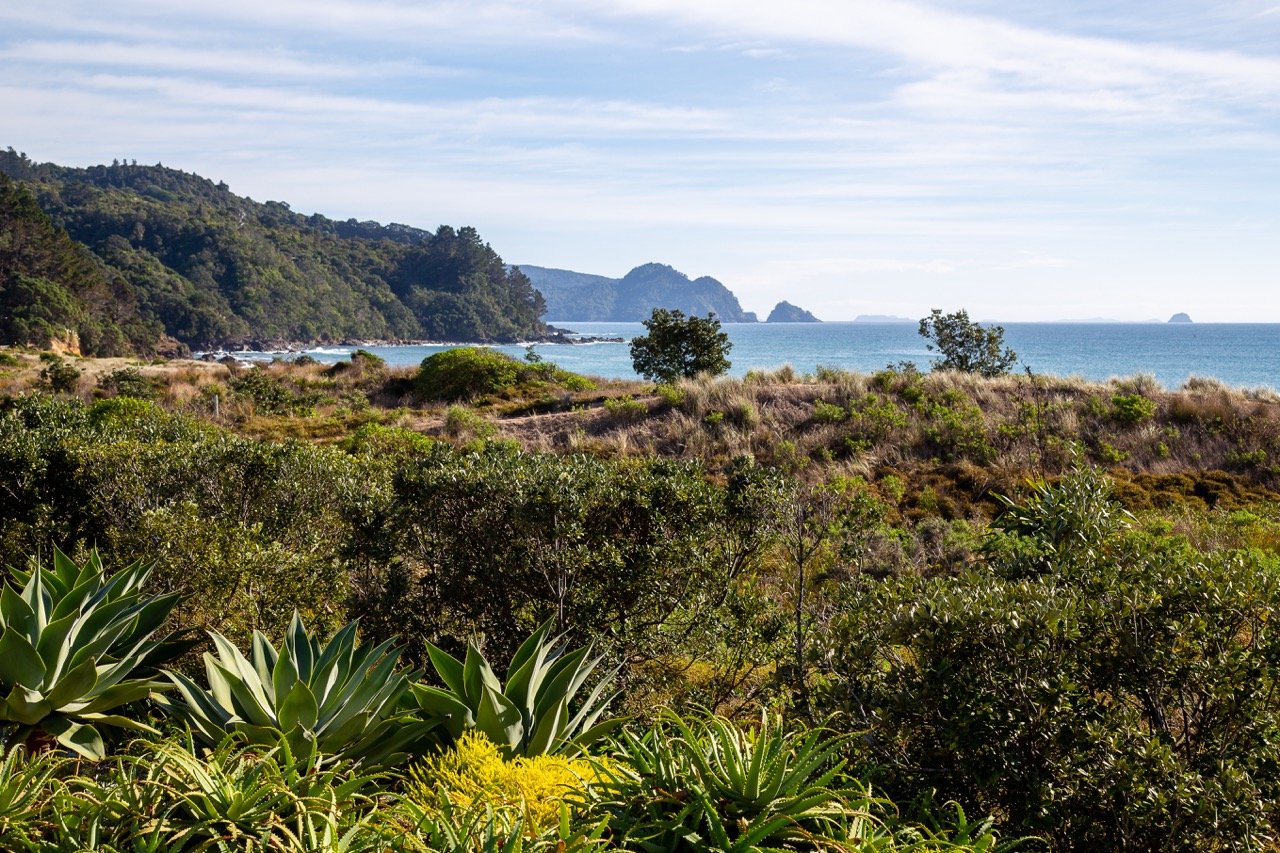
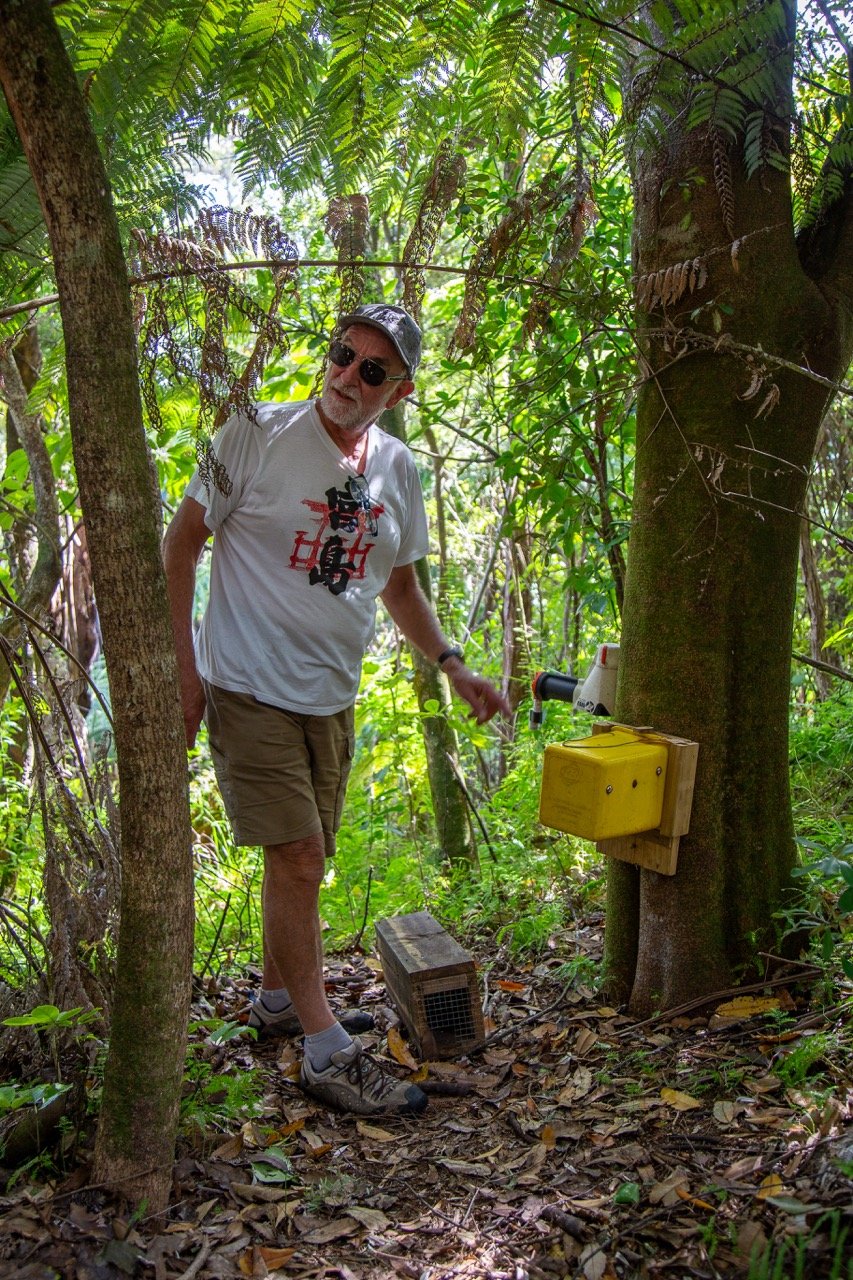
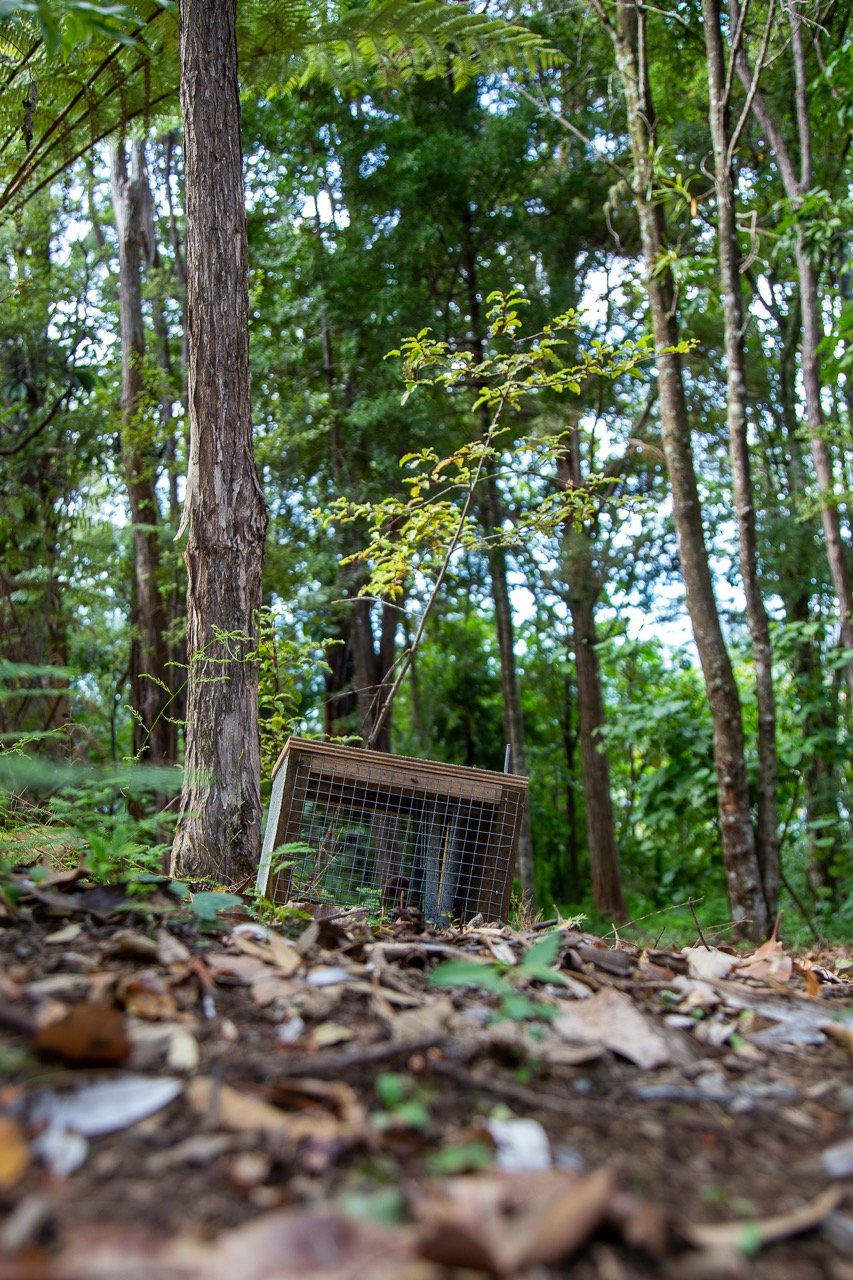
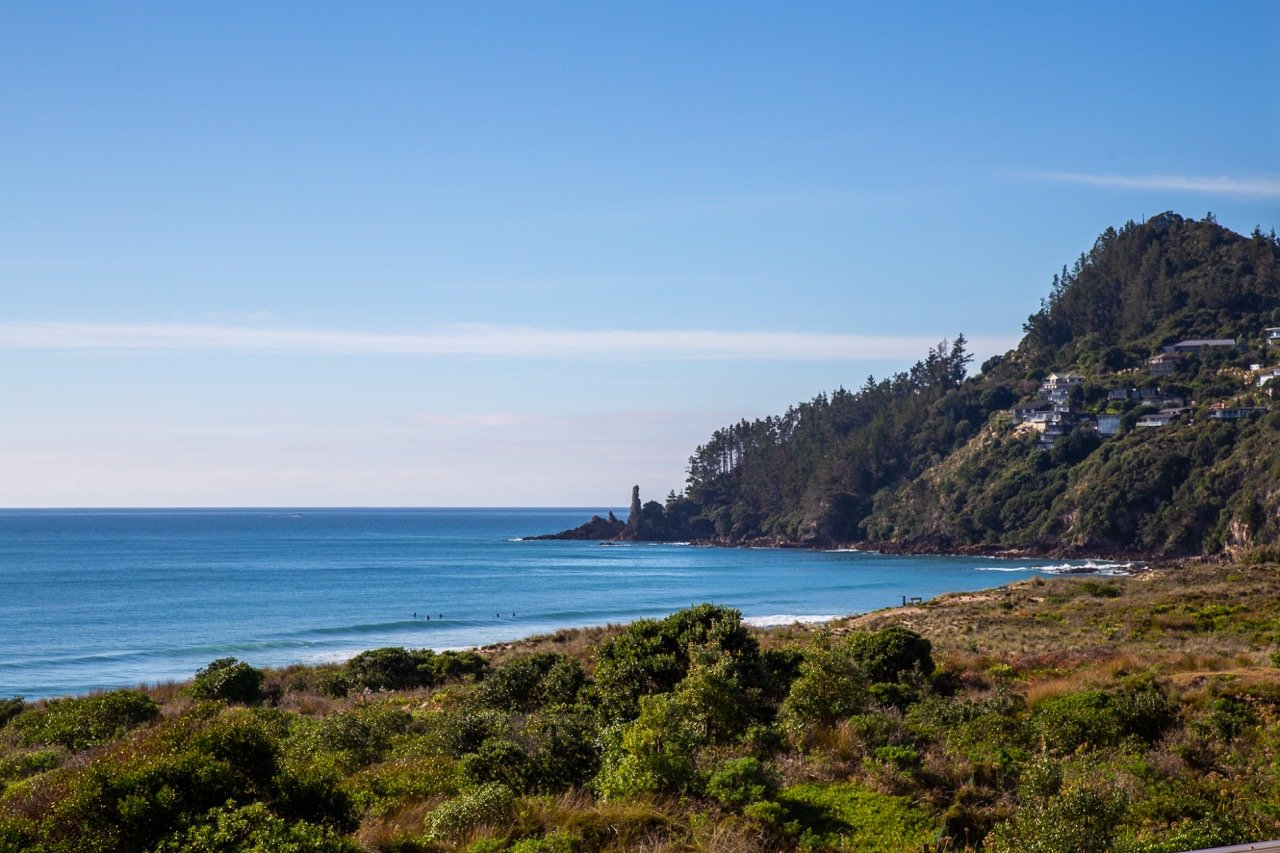
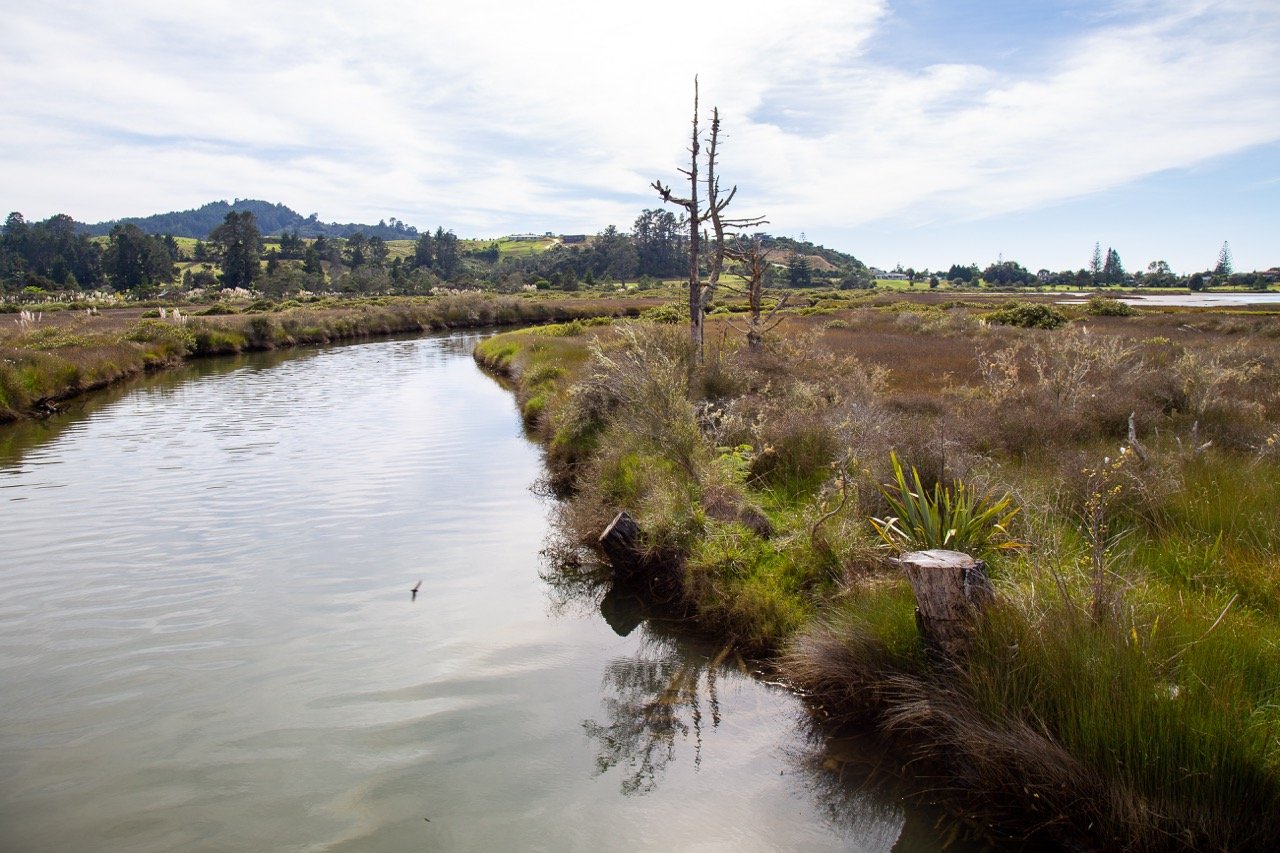

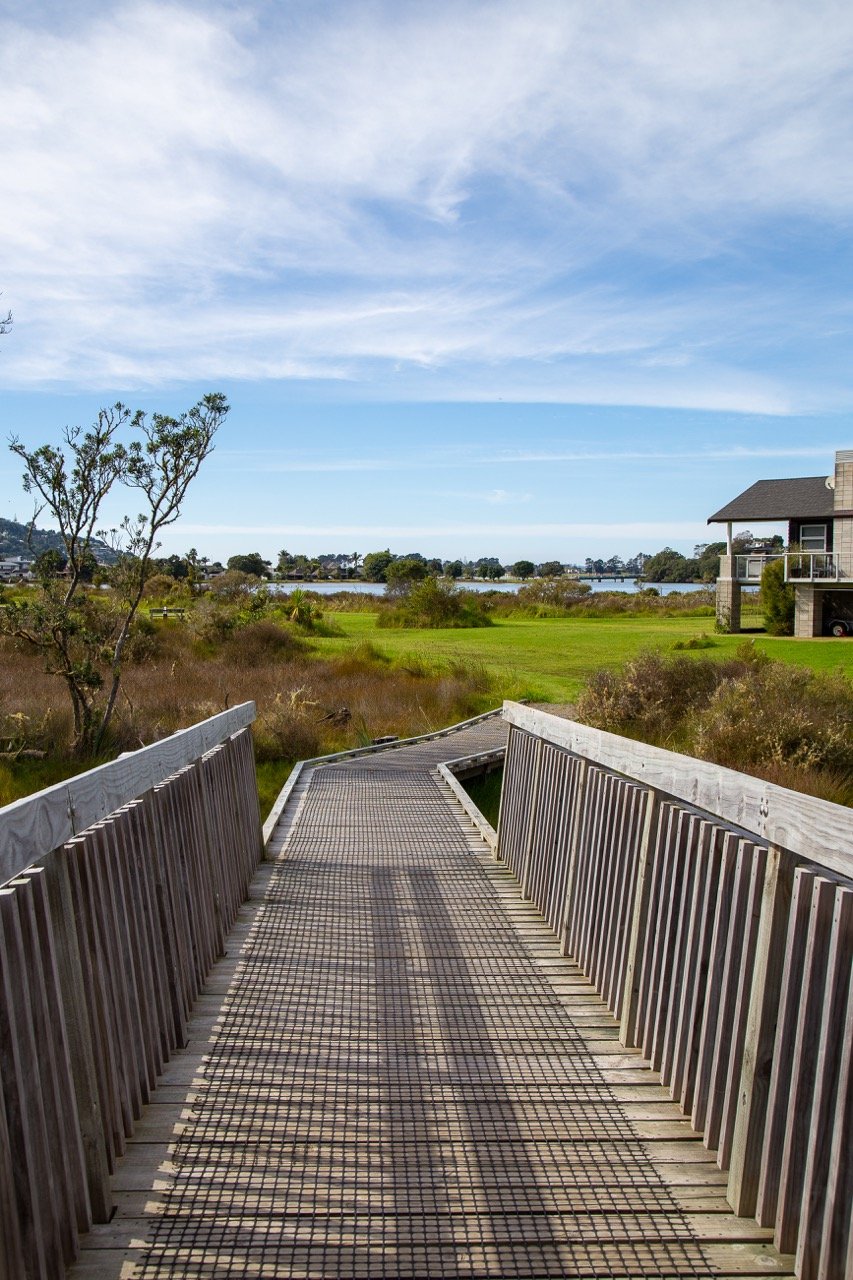
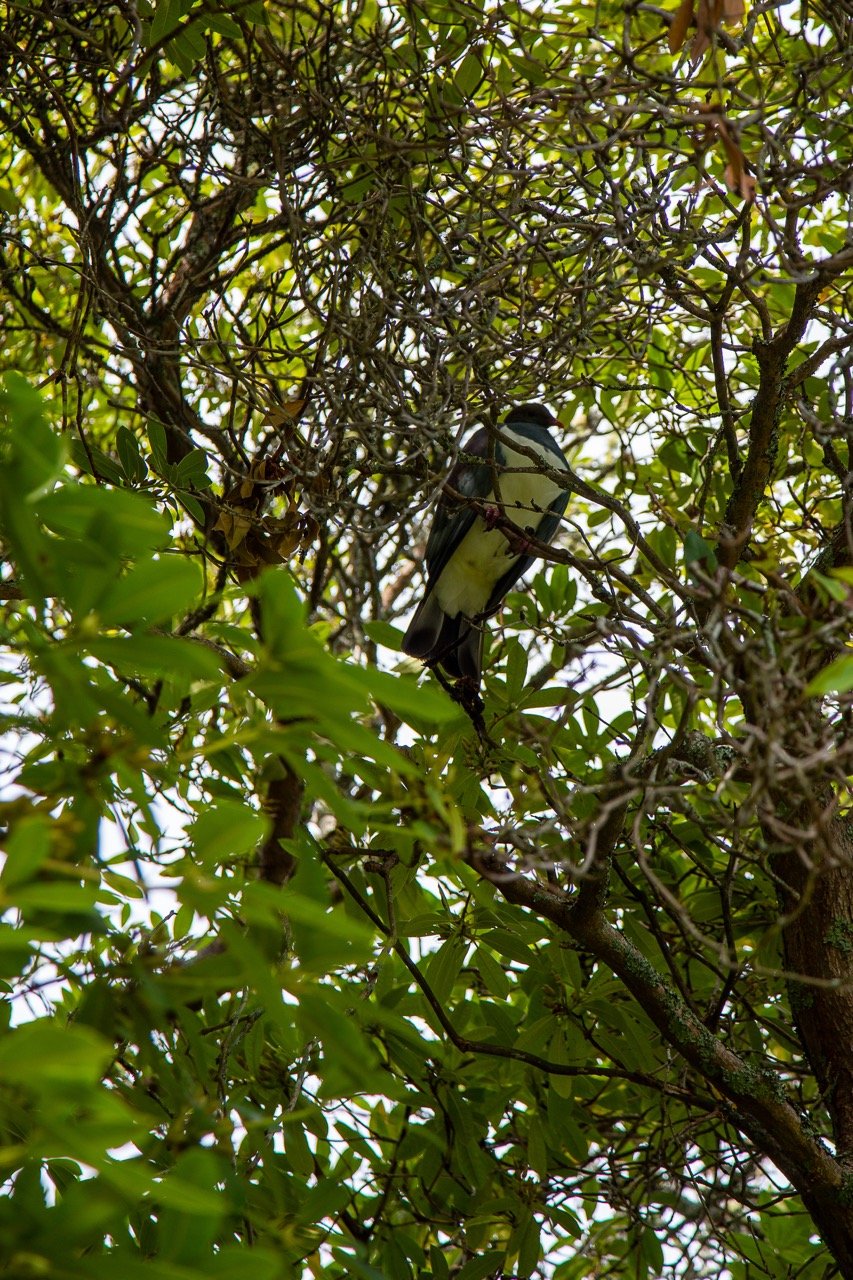
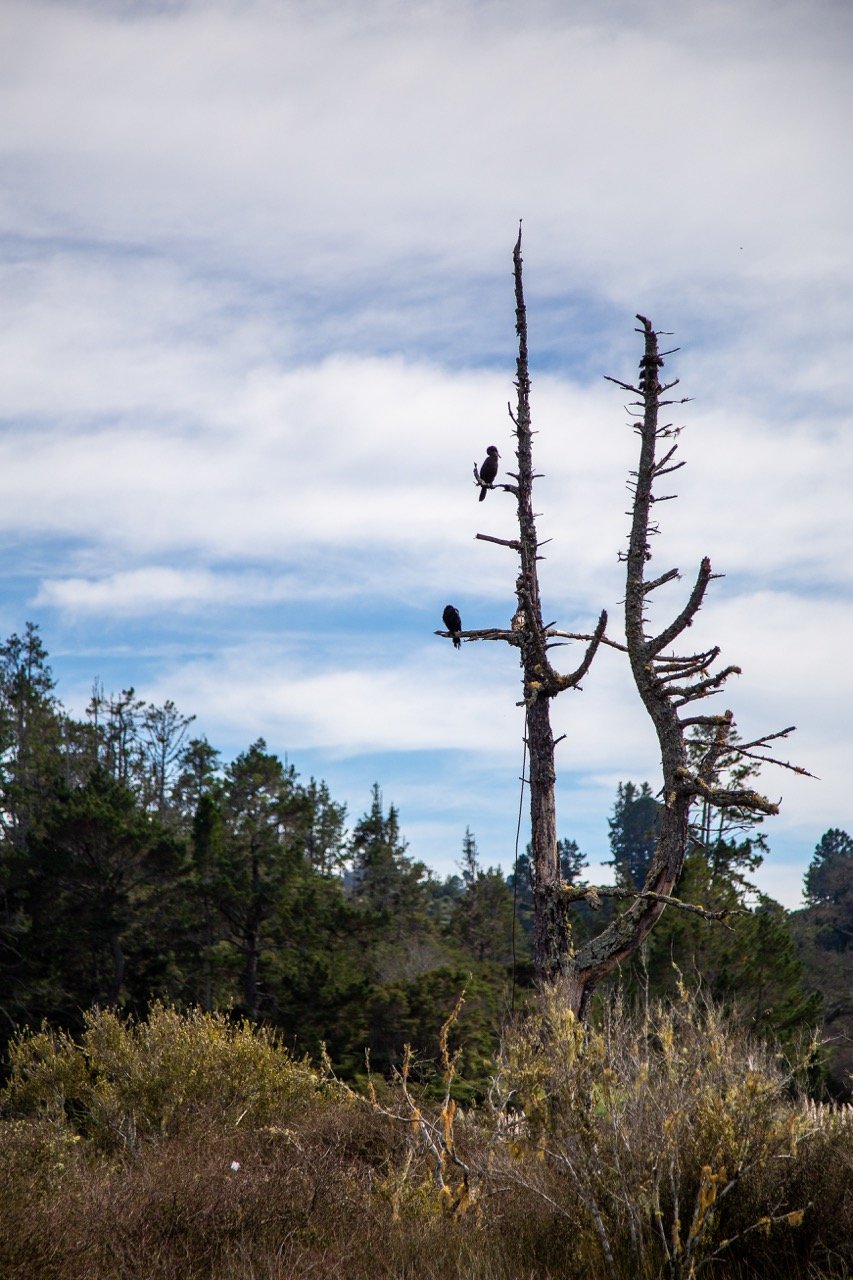
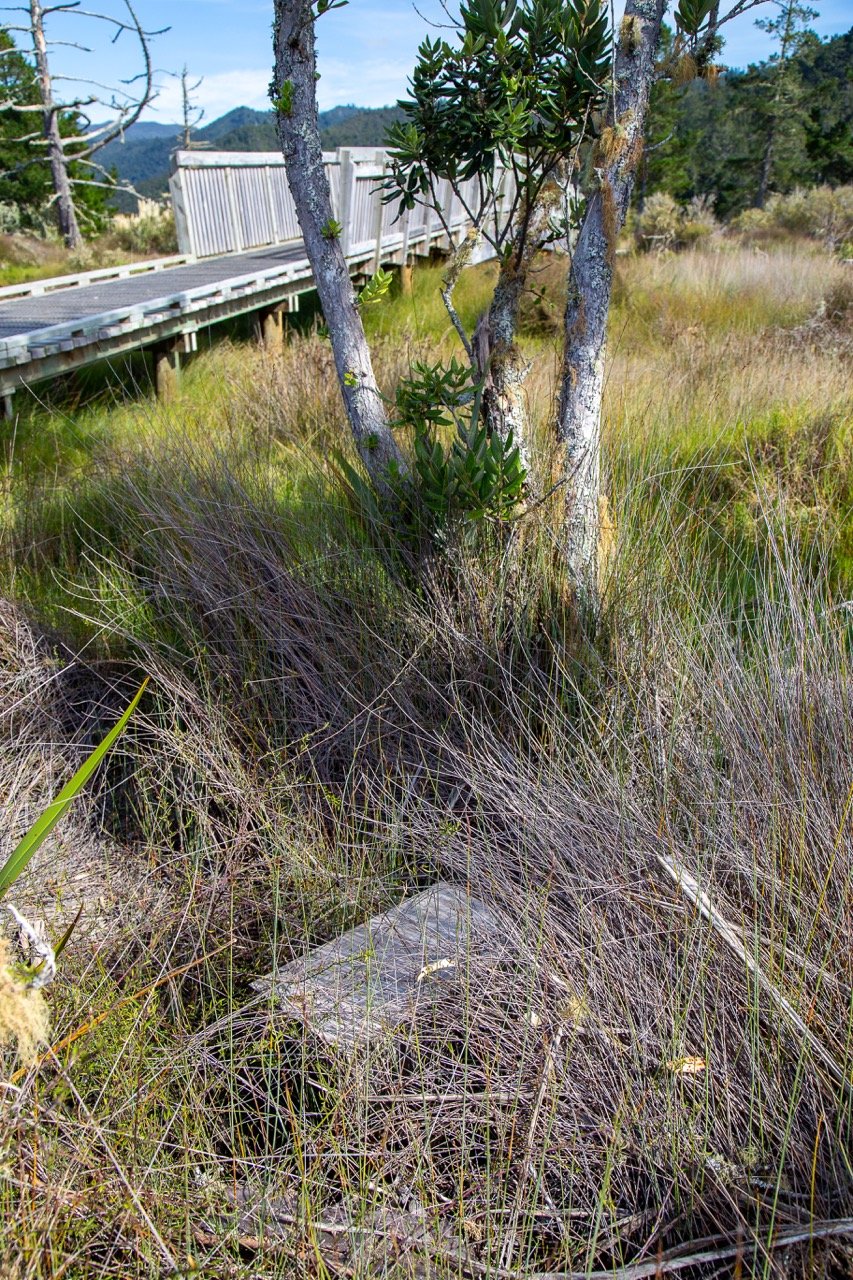
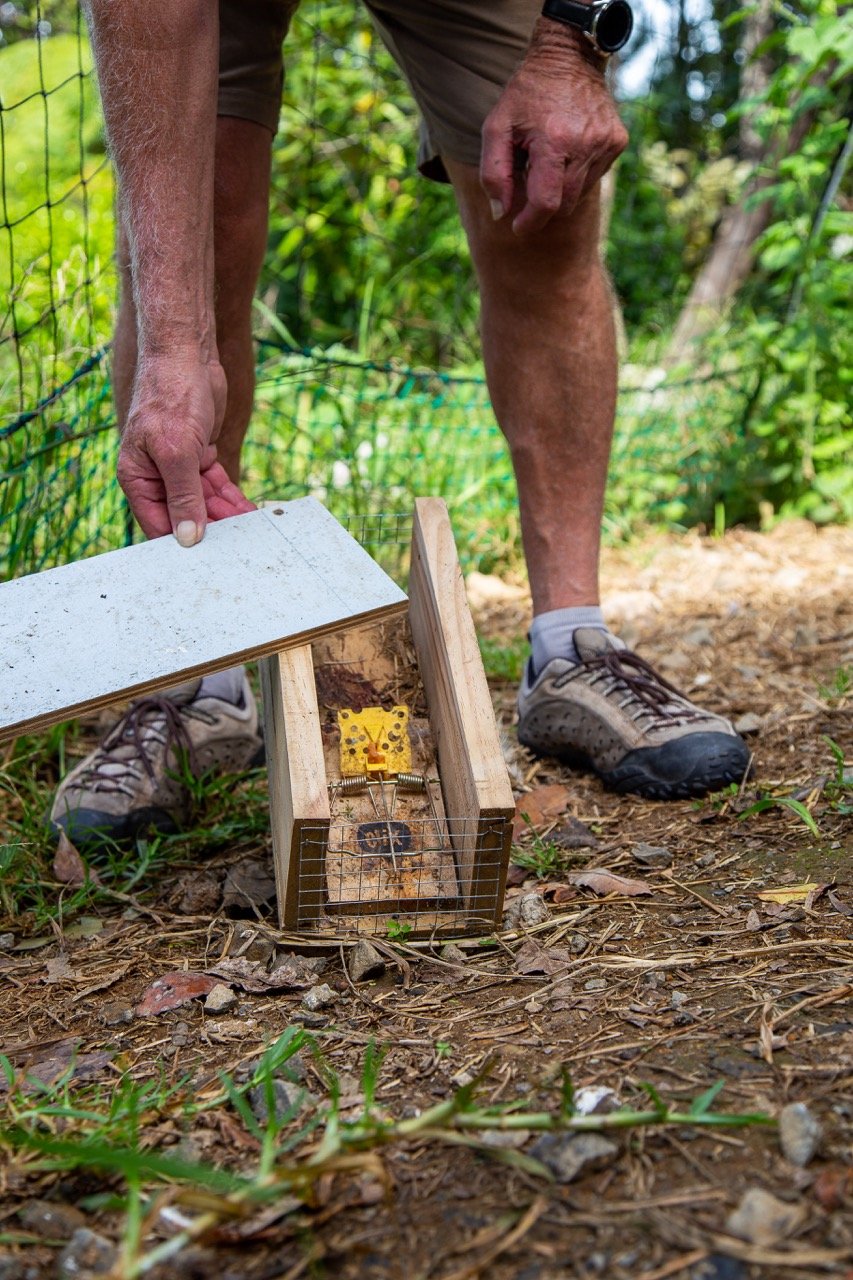
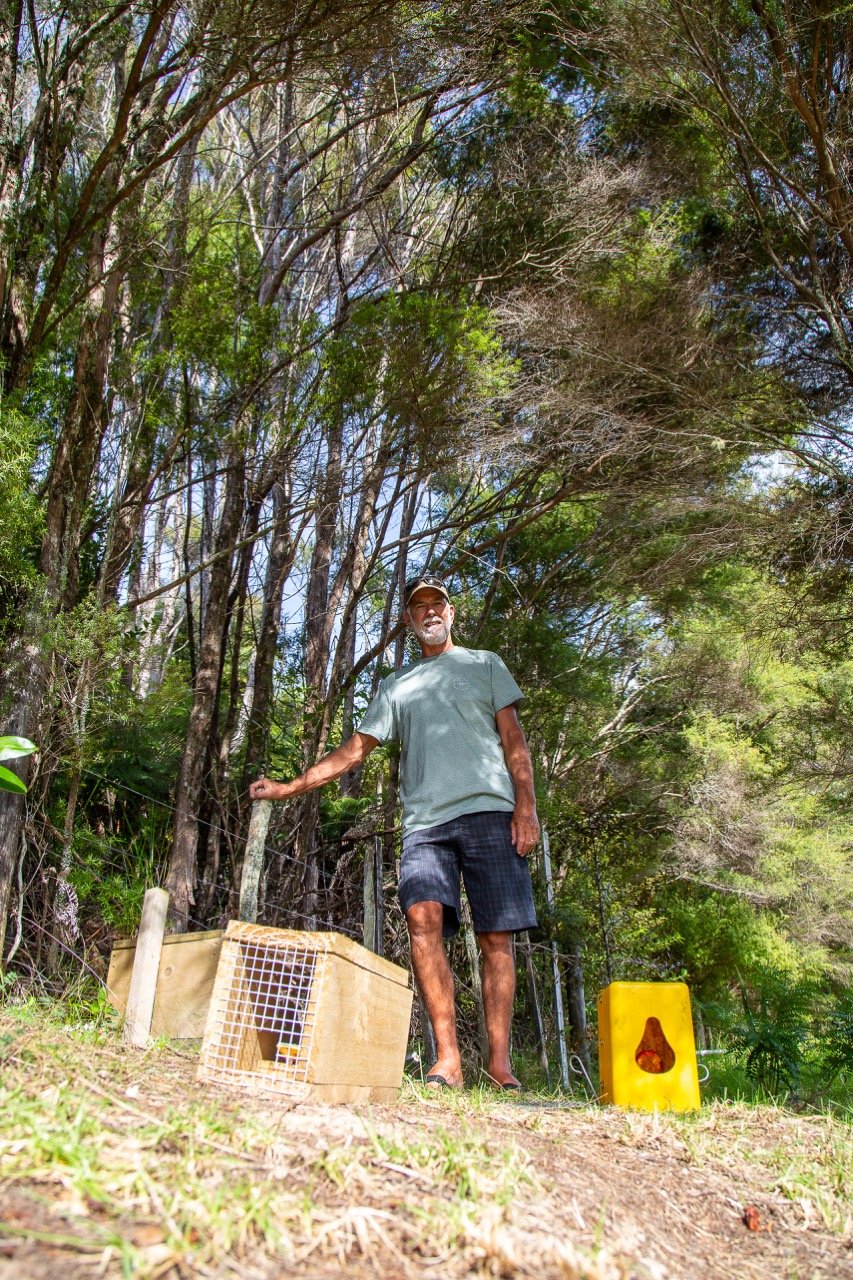
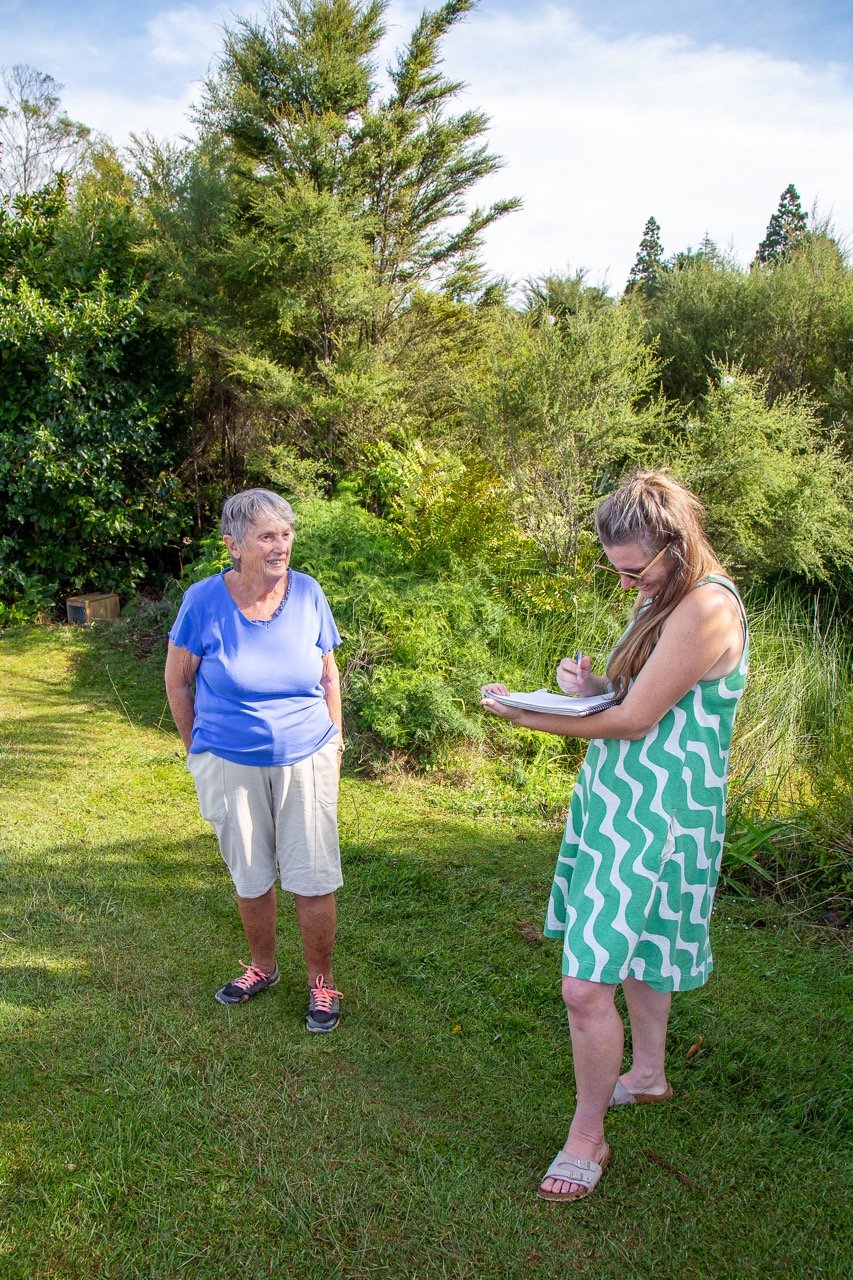
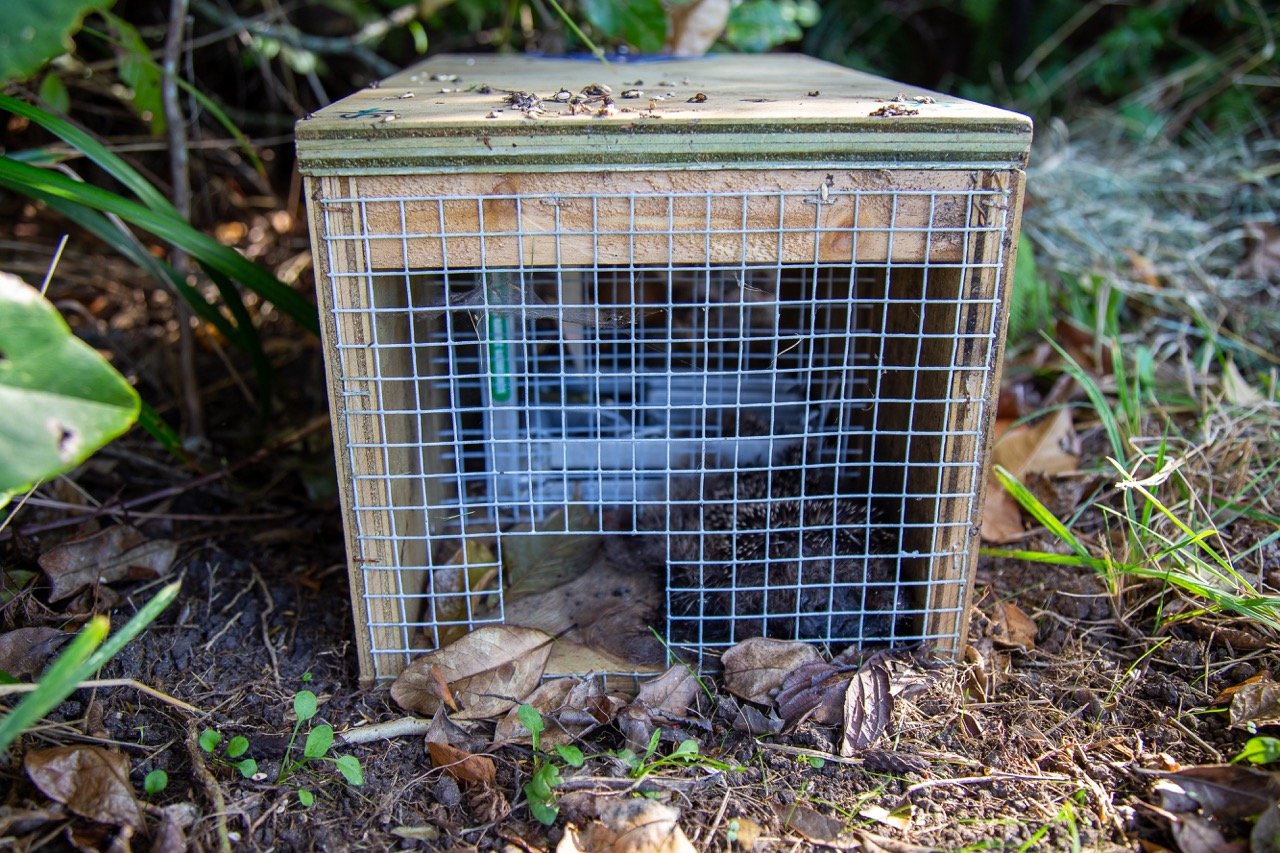
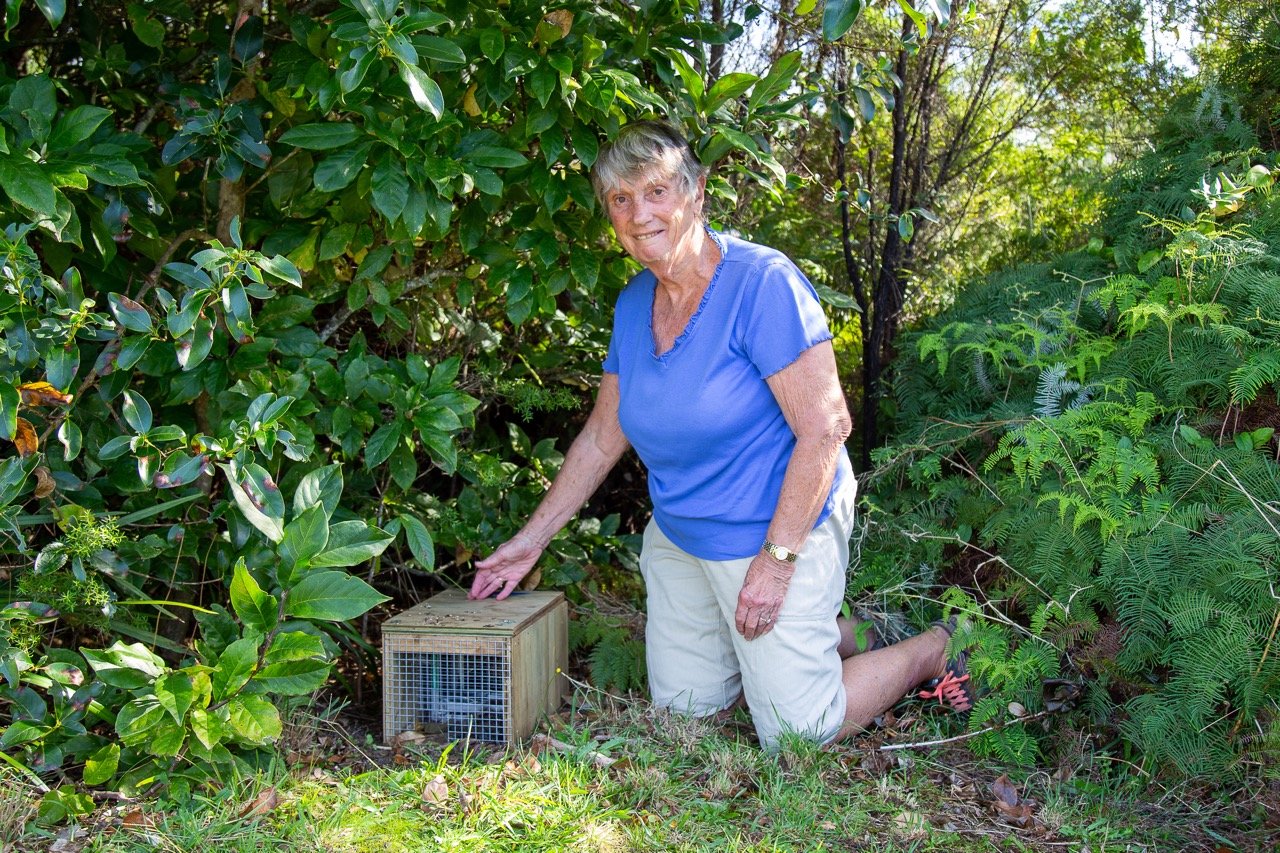
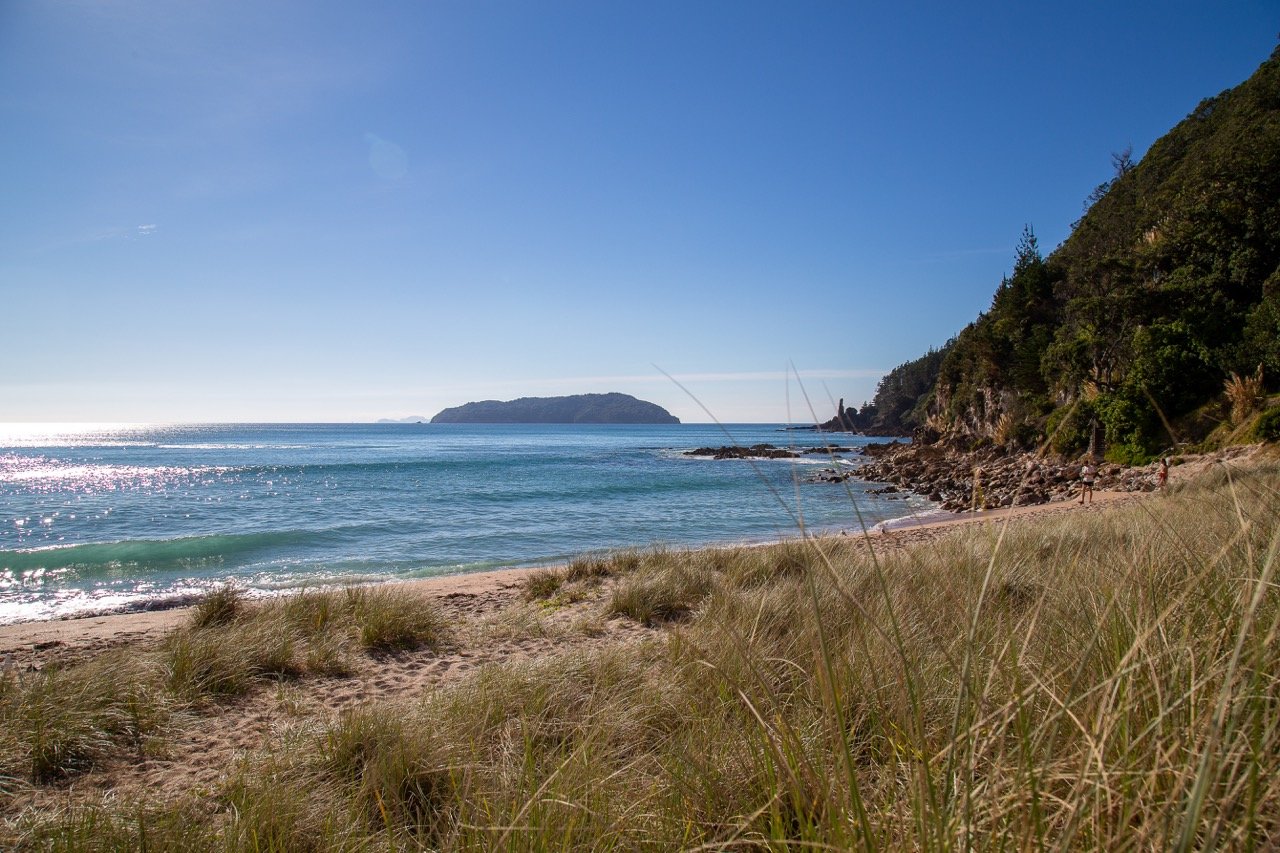
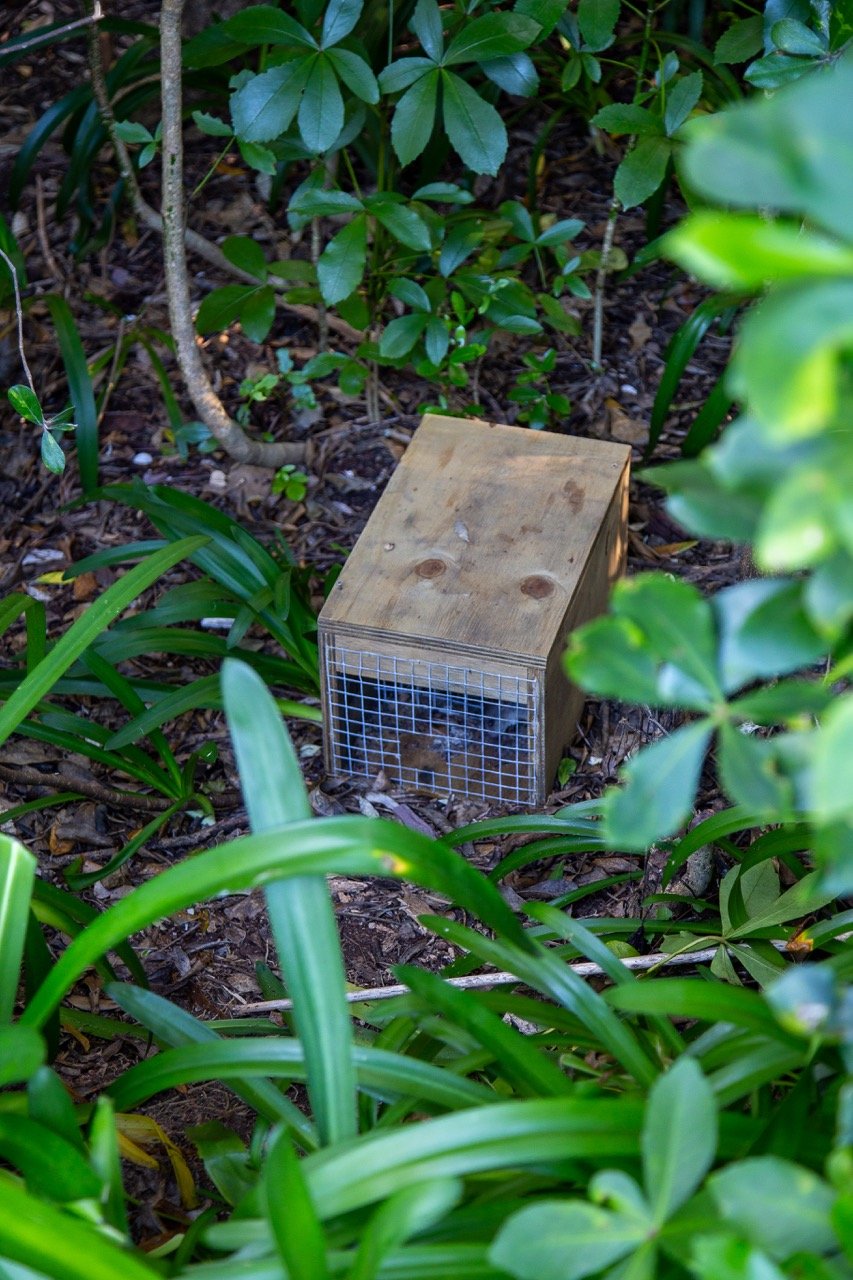
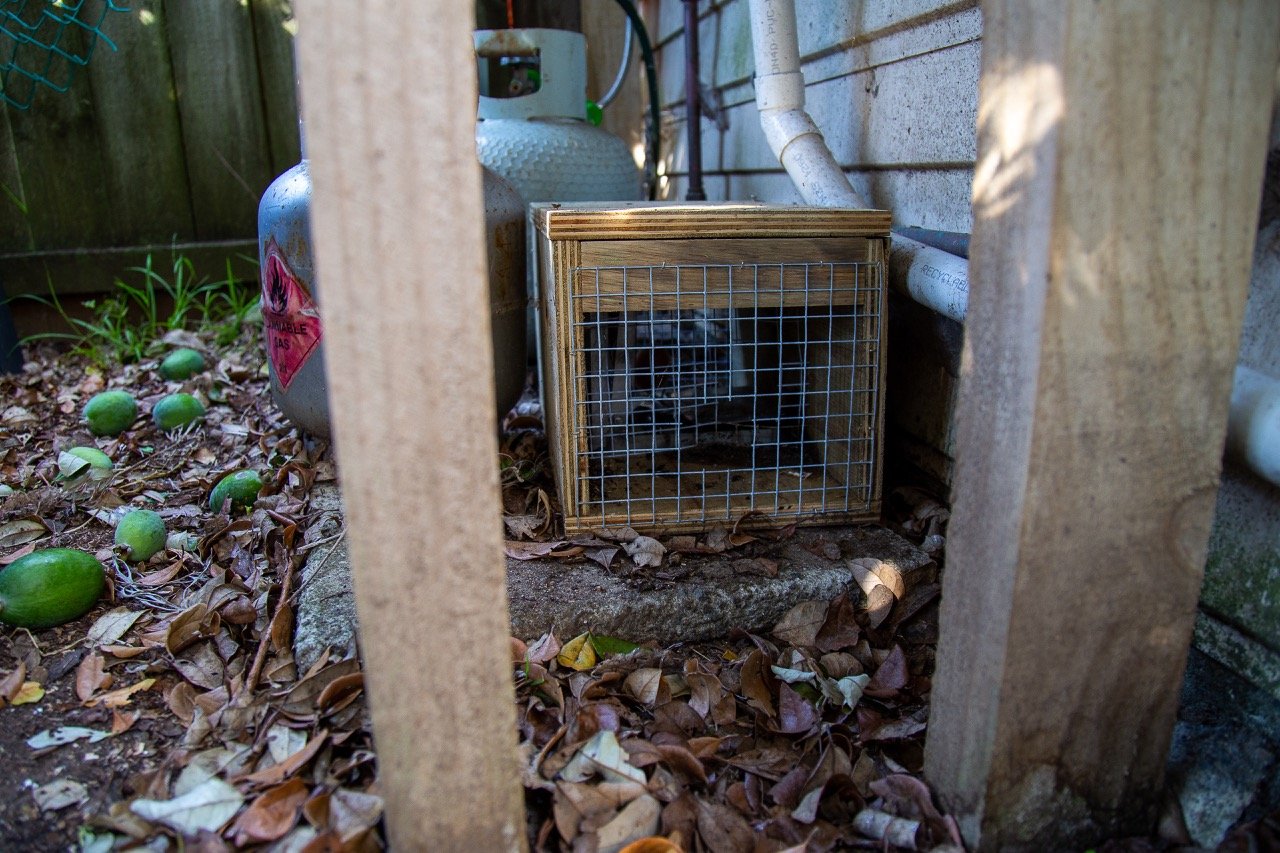

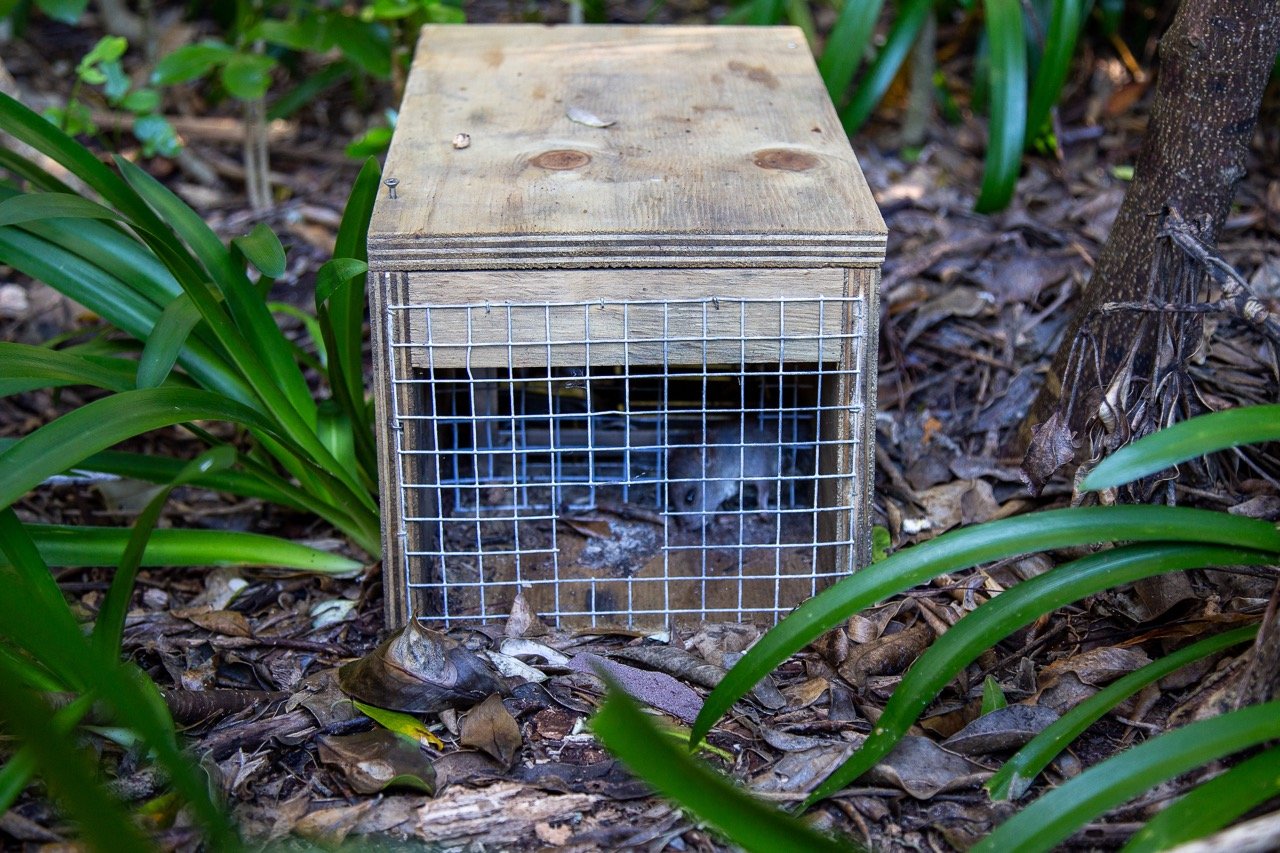
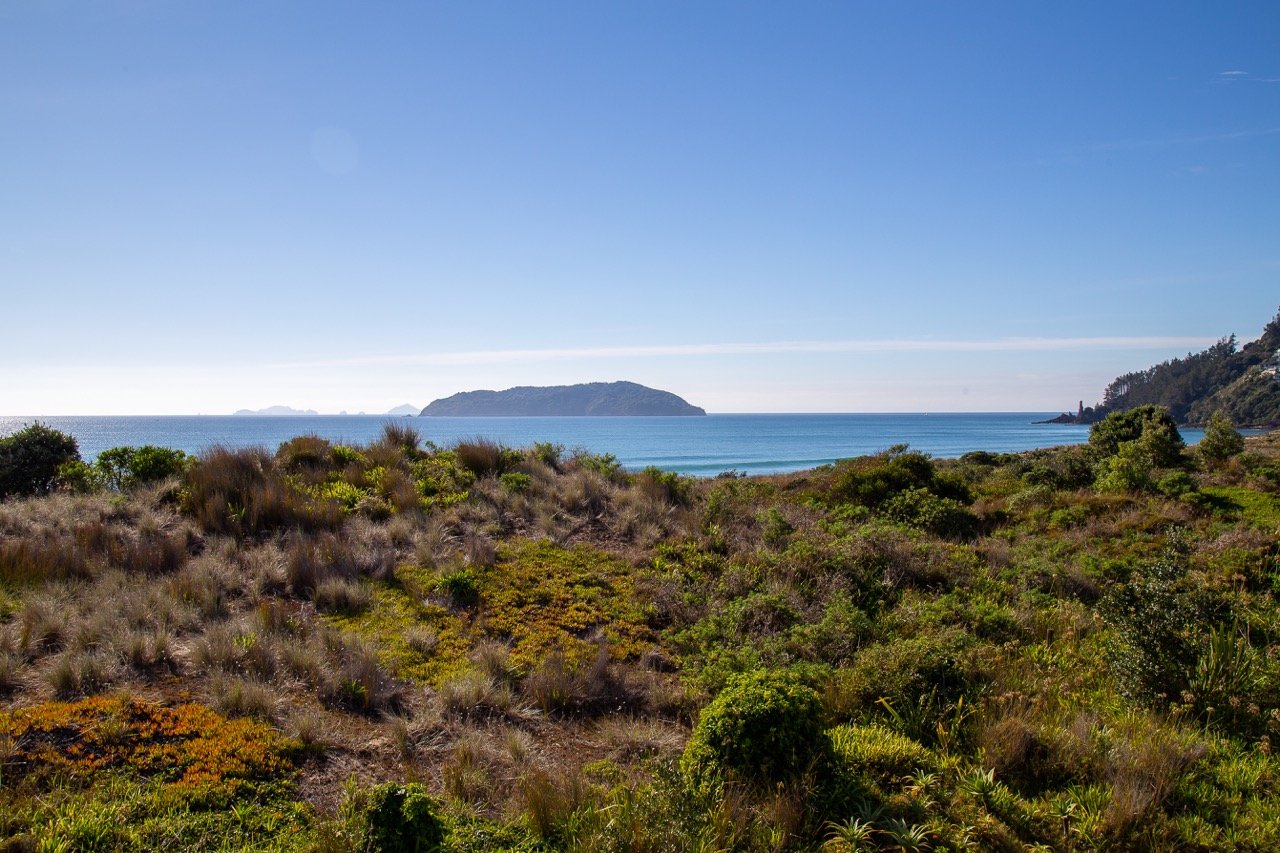
The first catch data was entered in 2016, and in 2018 Luanne Johnson and three other local women met with Predator Free Hauraki Coromandel Community Trust and Rob Corkill, Waikato Regional Council to discuss the community taking over the existing trapping programme. After proving their worth on the WRC traplines, the group began to expand their goal and, with support from Tairua Environment Society, WRC and Tairua sponsors, they have made traps to ring fence the town and create safe corridors for local bird life.
A core team of ten ‘Trappers’ are now responsible for 14 traplines in and around Tairua, all of which are entered into TrapNZ. One line called ‘Community’ is not a trapline in the traditional geographical sense, but is currently a series of 31 traps set up in disparate areas. It’s a unique approach to trapping as a community effort, and a great way for the Tairua community to feel part of the larger undertaking.
As well as the Trappers, other people in Tairua provide support by supplying resources such as traps and lures. One line runs along the dunes of the surf beach, and a supporter who lives nearby notes the abundance of birdlife since the traps were installed, including a number of successful breeding seasons for dotterels in the area. In fact, the main predator of the birdlife is now domesticated cats from nearby houses and there is some gentle frustration that the mahi done by the group can be wiped out by one roaming pet. Keeping cats inside at night and putting a bell on them are simple but important steps for cat owners to curb the in-built bloodlust of their furry friends.
The golf course is a key area for pest control as predators and birdlife thrive in the adjoining wetlands and native bush. Bev Wickham started trapping here about six years ago, and her work has been folded into the group’s efforts to ring proof Tairua. A keen golfer who used to whizz along her line in a golf cart, Bev originally convinced club members to sponsor 15 Goodnature traps after noticing the decrease of birdlife. Now a mixture of 28 traps dot the course, and members regularly hear fernbirds/mātātā calling and a pair of paradise ducks/pūtangitangi. It’s a noteworthy contrast as the pair hadn’t bred in years before raising two chicks to fledglings just this summer.
As well as monitoring the trapline that runs partially over his property with wife Sher, Ray Finn has also perfected the assembly line for building trap boxes. With generous donations of plywood from Whangamata Bunnings, WRC and local sponsors, people from the Tairua community will gather in Ray’s backyard to smash out the building of 30 boxes in a morning. The generosity of those donating time, materials, eggs, and lures means the group can now function without funding, again illustrating a true community effort.
Brian Plummer, another of the Trappers, is a long-time holiday-maker turned permanent resident who hosts an impressive 42 traps on his land. Brian’s efforts in his bush block have seen abundant kawakawa and self-seeded rewarewa shelter under established kauri, and Brian reports seeing droves of geckos and hearing tree frogs croaking. The Trappers regularly share tips, sometimes sounding more like a bunch of gastronomes as they swap recipes for the tastiest lure. When Allie Cotter, a Trapper who has a plan to involve the local school about predator control, suggests an empty tomato sauce bottle as a vessel for topping up lure inside a trap, the other Trappers’ eyes light up. It’s these small moments of connection and entrepreneurial spirit that bind the group together in this shared commitment to conservation.
When looking to the future, the group has its eyes on one thing: gaps in their lines. They are close to encircling the whole town, and are in talks with landowners to close out these last few spaces where pests can still squeeze through. As well as these boundaries, there are also spots inside the town that need more traps, mostly in properties of holiday owners. While the group has had success engaging with bach owners and already have numerous traps set up on private property, in a perfect world every property would have at east one trap ready to catch predators. The property owner pays for the trap and then members of the group will fold it into an existing trapline and regularly check, clear and reset the trap on behalf of the bach owner. It’s free ongoing pest management all for the price of a trap!
For many who pass through, Tairua is just a pretty place to stop for a comfortable rest. Locals would probably like to keep it this way, with one Trapper mock-cursing whoever it was that first erected the sign pointing to the surf beach. A number of walking tracks and trails join together the beach, harbour, Paku Maunga, wetlands and estuary, and traveling alongside all these beautiful spots are the traplines of Pest Free Tairua. Their presence allows all to flourish, making this piece of paradise even more beautiful and lush by the day. Members of the group constantly describe Tairua as paradise, and it’s easy to see why those who live and holiday here would want to protect their slice of Heaven.
Article by: Carolyn Wadey-Barron
Photography by: Jodi La Grouw, Lush Photography & TrapNZ (map)
If your community conservation group would like to share your story and be featured on our blog, please get in touch! If you are interested in volunteering in the Hauraki Coromandel head over to our Contribute page and read more.

